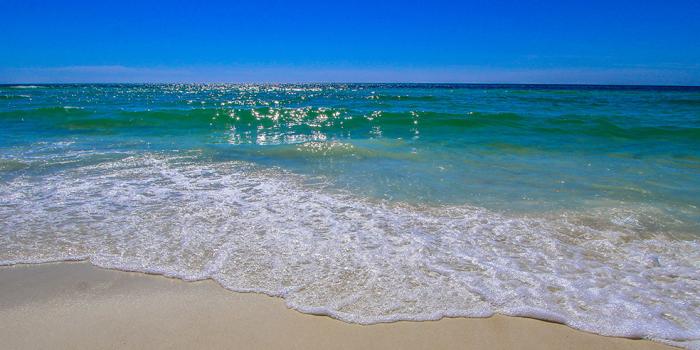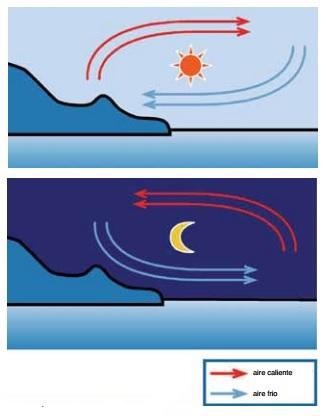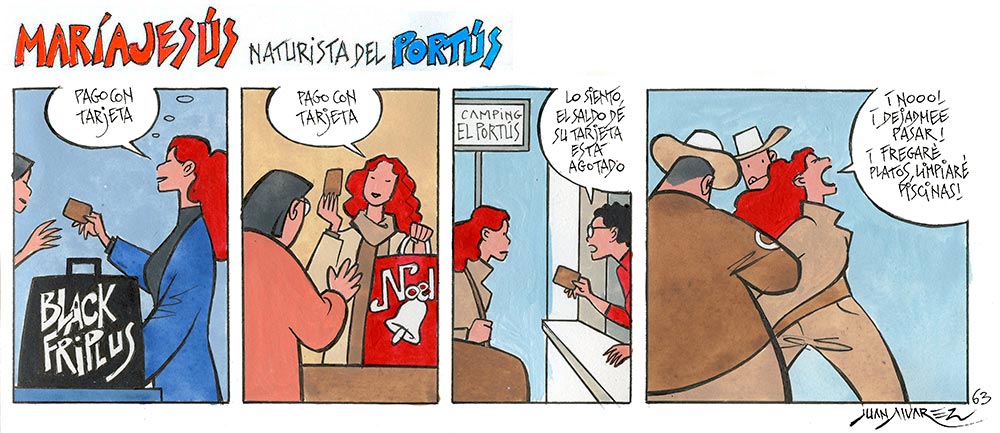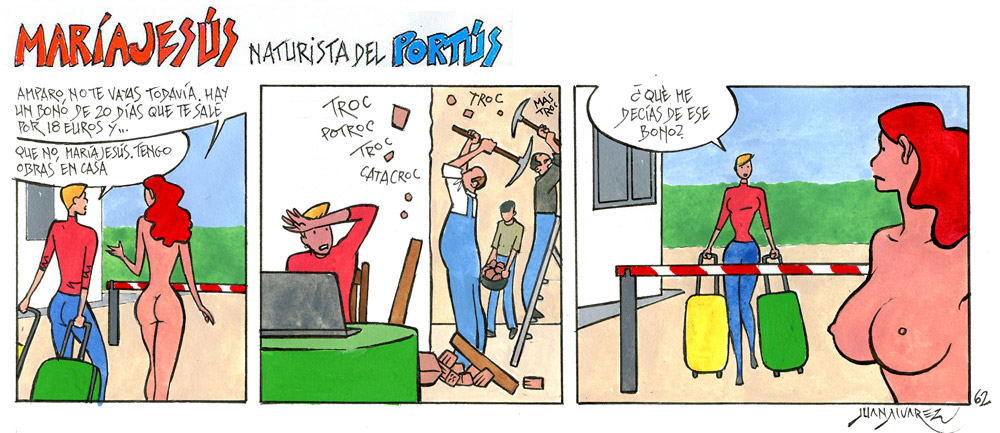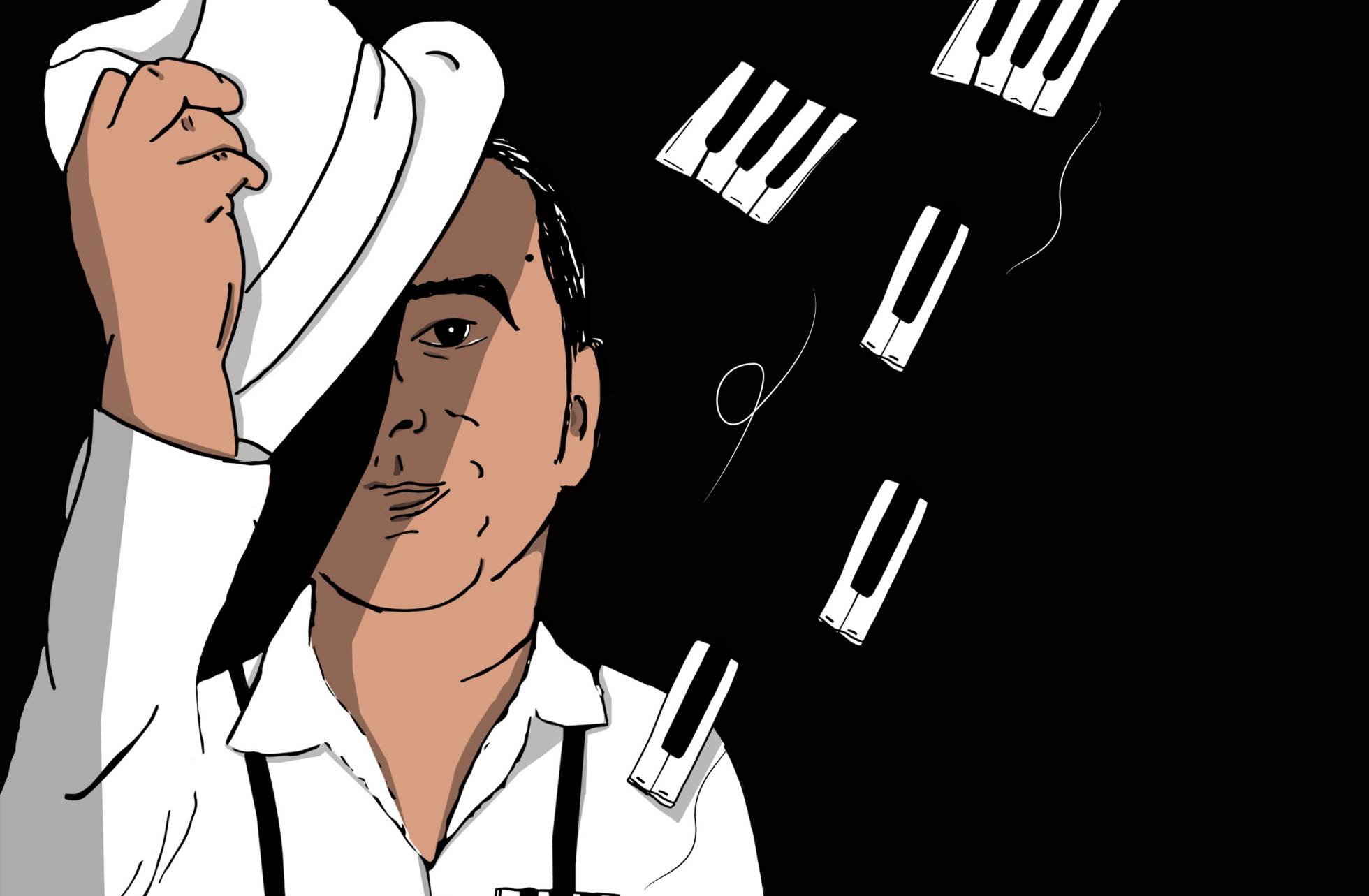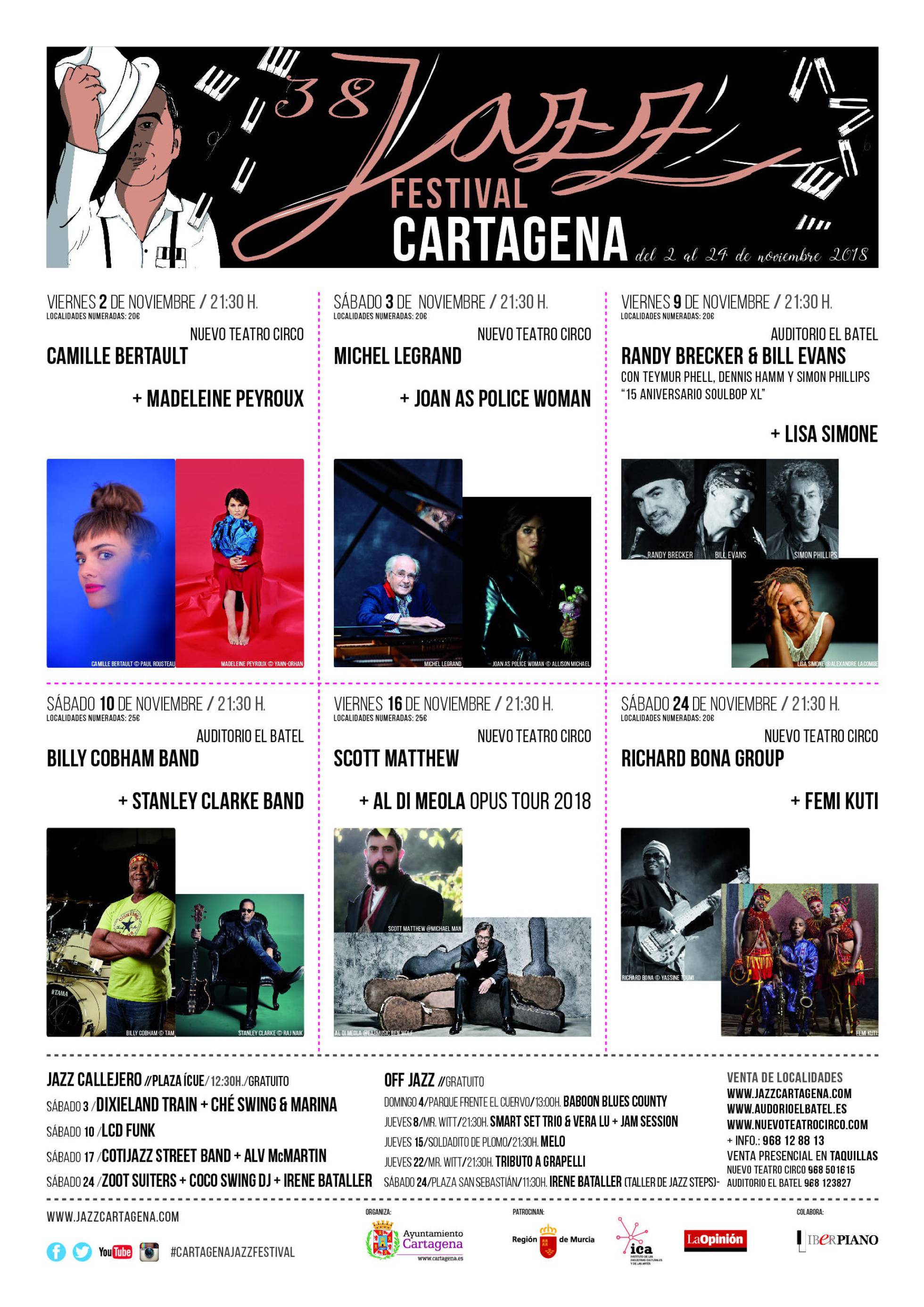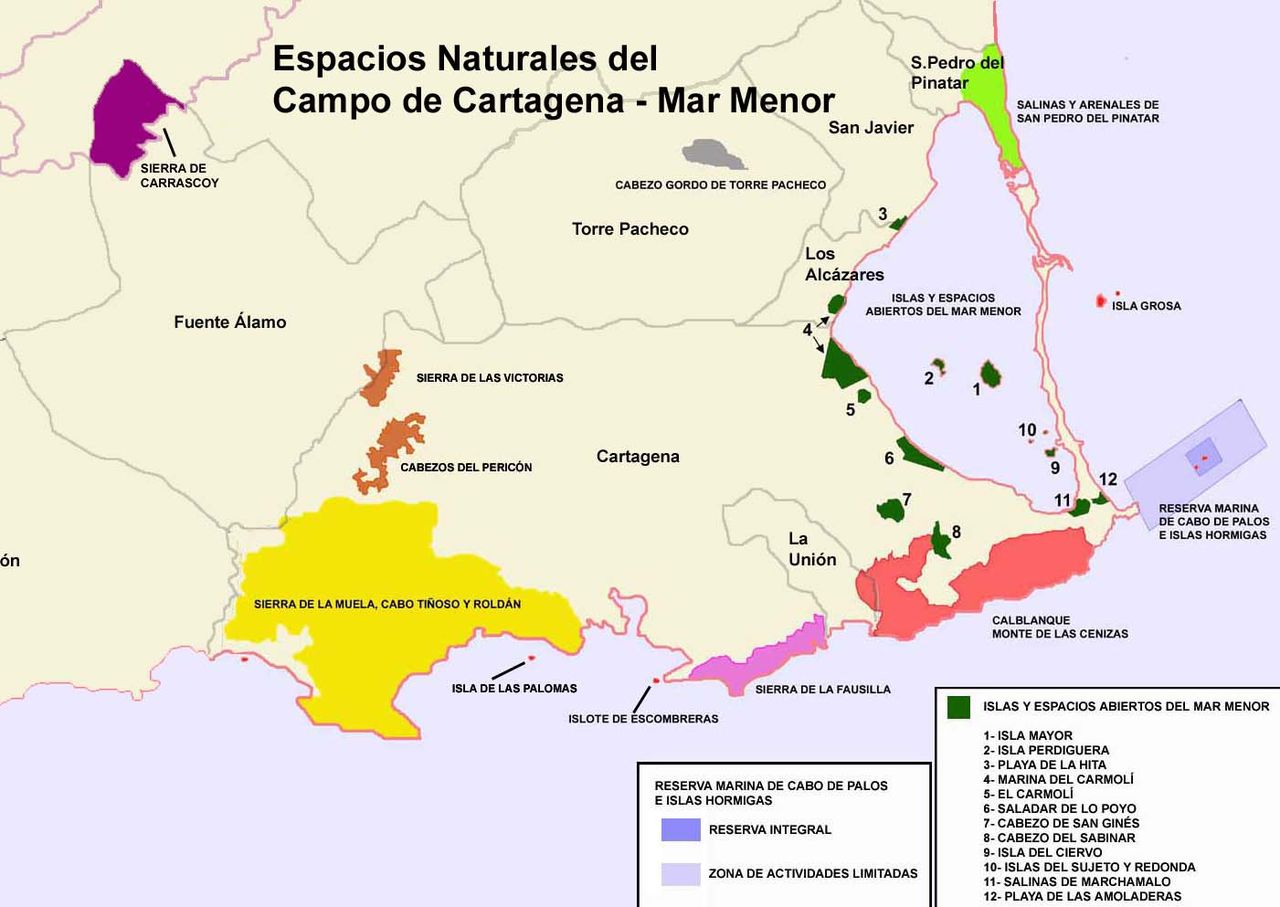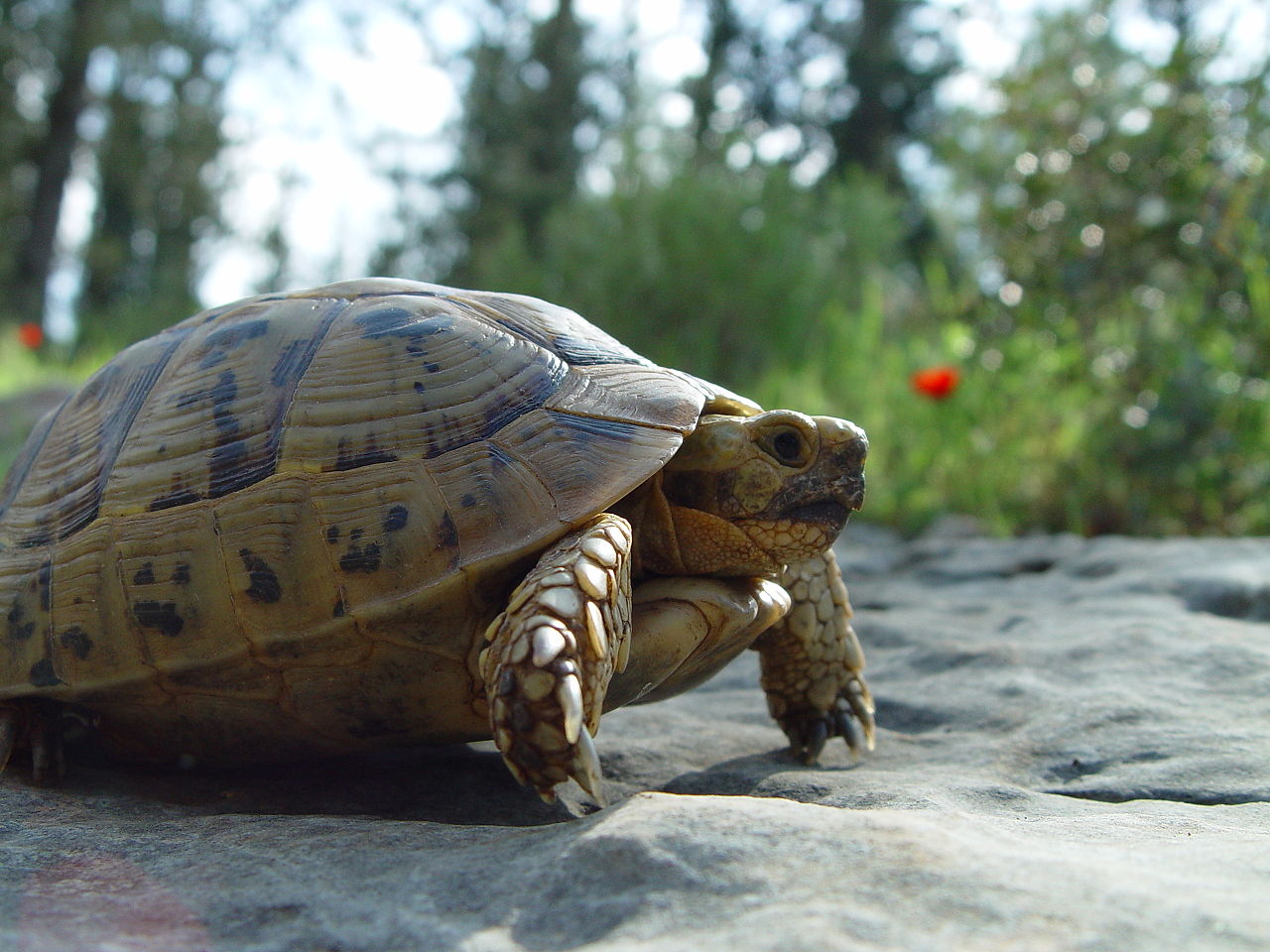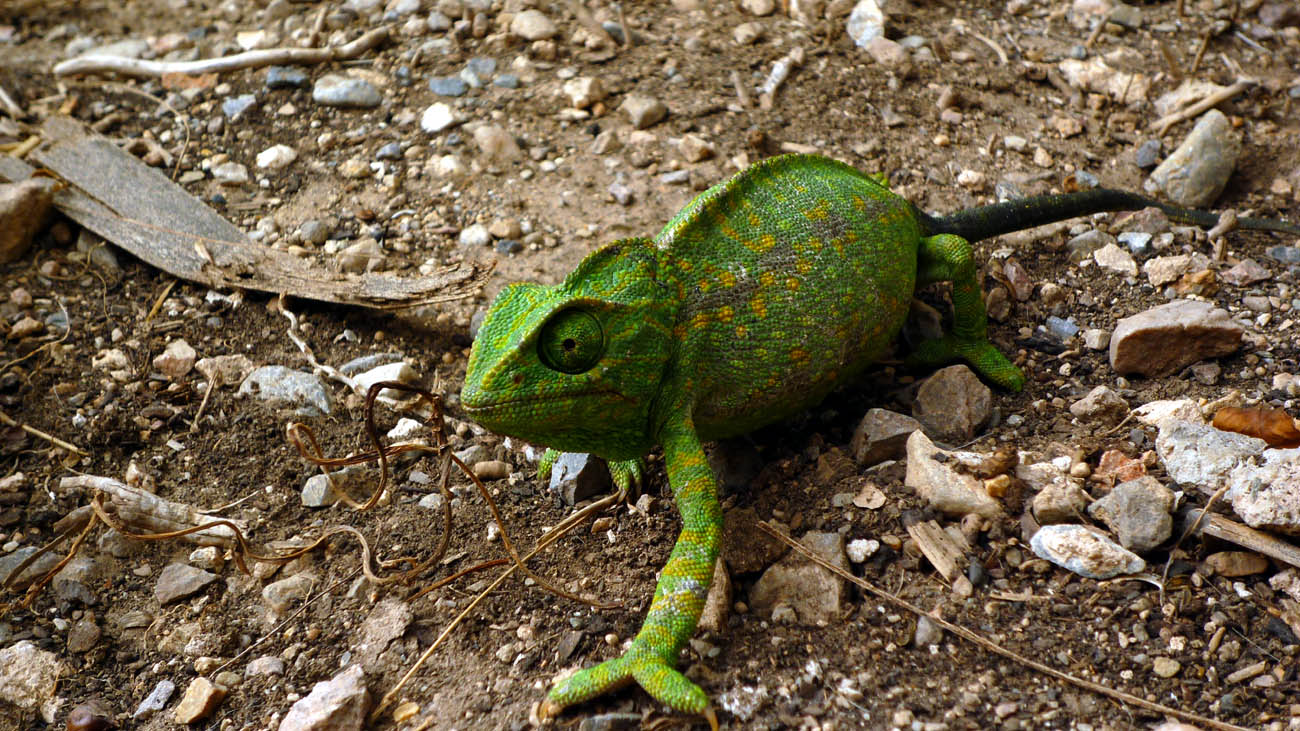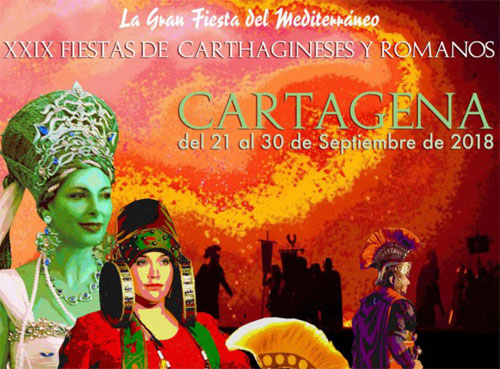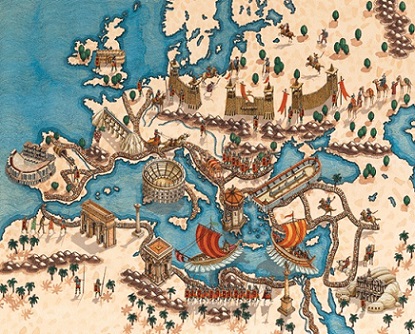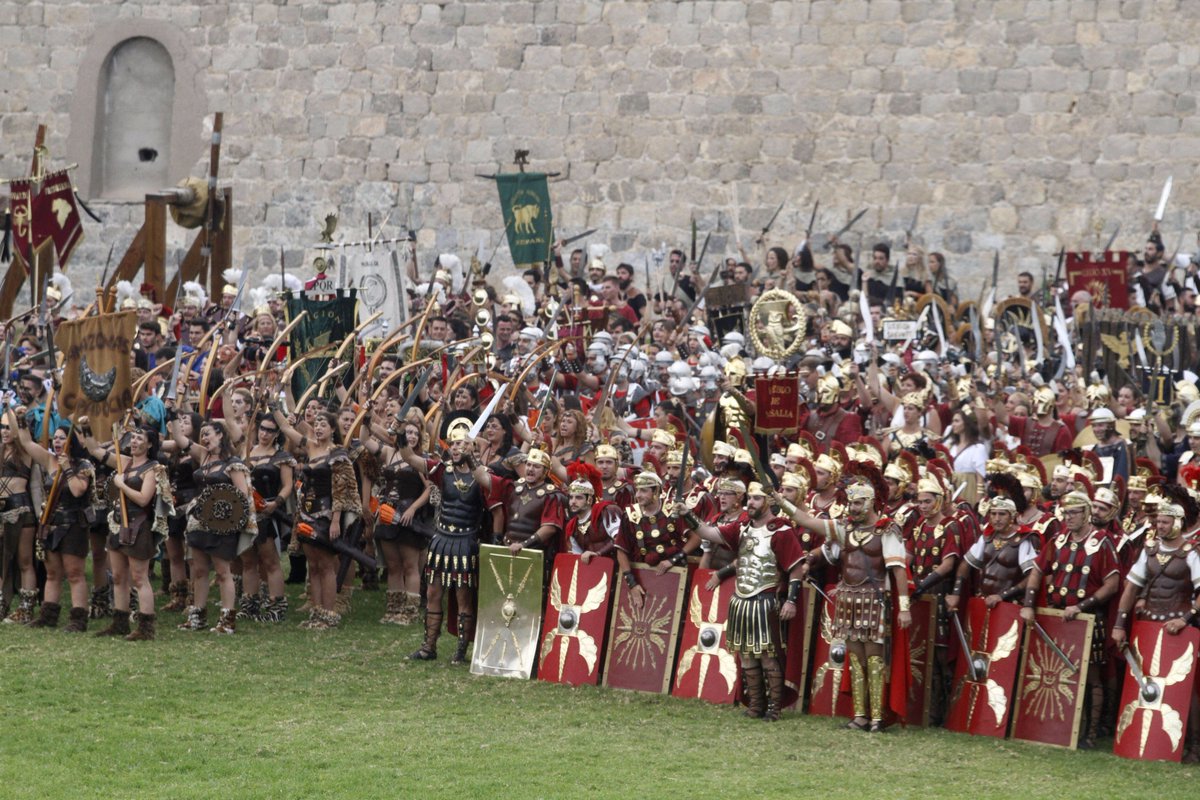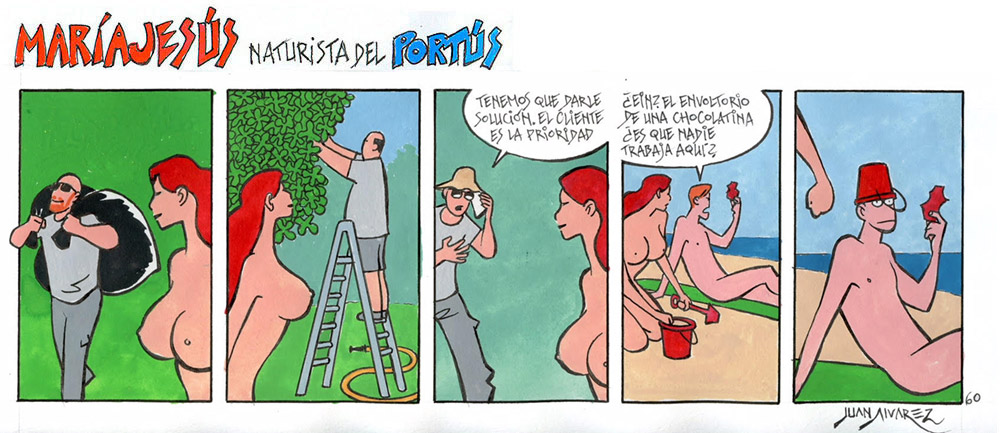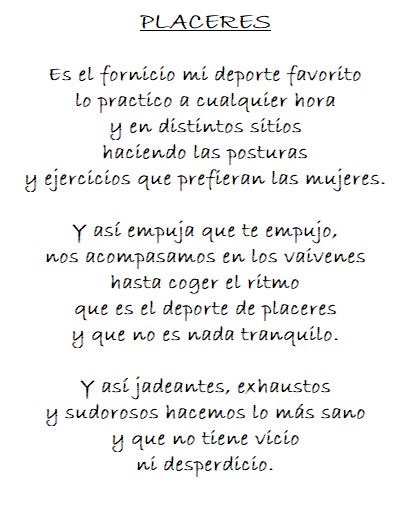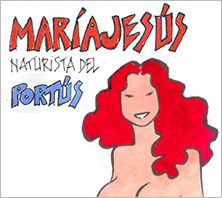Ya sea por tradición, por ritual o por simple divertimento, cada vez son más quienes empiezan el año con un buen chapuzón en la playa.
Ni resaca ni pereza. Nada vence al arrojo de los varios cientos de personas que dan la bienvenida al año dándose un buen chapuzón en la playa. Ya sea por superstición, por tradición o por sana diversión cada vez son más los que se suman a este rito de iniciación el día de Año Nuevo.
Tiene algo de ritual pero también es un modo de comenzar el año con algo sano y fresco.
Es una manera de comenzar el año de una manera diferente. En vez de salir de fiesta y tener resaca, comenzarlo con energía y disfrutando del activo más valioso, el mar. El agua suele estar bastante fría, pero cuando estás con gente y tan a gusto no es lo más importante. Además de ser buenísimo para la piel, para la circulación y para todo, convencida estoy de que un buen baño en el mar arregla hasta el día más gris.
Dicen que lo que haces el primer día marca el ritmo de todo el año.
Beneficios de bañarse en el mar
Un chapuzón diario es una buena manera de brindar al cuerpo la hidroterapia de desintoxicación salina. El agua del mar contiene todos los minerales medicinales y los elementos depurativos que se encuentran en la sal marina, por lo que bañarse en el mar hace que la piel se desintoxique y se recupere, si bien no con tanta intensidad como en una bañera caliente que contenga una gran concentración de sales minerales.
Otra ventaja de bañarse todos los días en agua de mar es que el océano, que posee su propio e inmenso campo energético electromagnético, recarga y re equilibra naturalmente el sistema energético humano cada vez que el cuerpo se sumerge en él.
Además, el aire junto a la costa está cargado de iones negativos, que también contribuyen a desintoxicar la sangre y facilita la rápida eliminación de los residuos. Por último, la fuerza rítmica de las olas y las corrientes marinas proporcionan un suave masaje en todo el cuerpo. En suma, los diversos beneficios transforma un chapuzón diario en el mar en una actividad terapéutica eficaz y agradable.
Beneficios de la brisa marina
El Mediterráneo cuenta con un clima ideal para disfrutar de sus beneficios durante la mayor parte del año.
Hay que tener en cuenta que los efectos beneficiosos de la brisa marina se obtienen estando cerca del mar, si es posible a una distancia menor de los 100 metros. Un simple paseo por la orilla del mar ya te va a beneficiar al respirar una atmósfera más pura.
- Las embarazadas pueden sentir menos nauseas cerca del mar.
- El mar desprende gran cantidad de micro partículas cargadas de oligoelementos que absorbemos al respirar y que benefician a la regeneración de nuestros alvéolos pulmonares.
- El mar actúa como un productor de ozono natural que purifica el aire. La cantidad de gérmenes es mucho menor que en poblaciones de interior.
- Quienes tienen alergias pueden respirar con normalidad, la brisa marina no cuenta con ningún tipo de polen ni ácaros.
- La baja presión atmosférica en la costa hace que la cantidad de oxígeno sea mucho mayor. Ralentiza el ritmo respiratorio y ayuda a la recuperación en personas que han estado convalecientes.
- El agua y la brisa del mar es buena para aliviar o tratar problemas de la piel como la psoriasis, acné o dermatitis. La composición del agua contiene propiedades antibióticas.
- Pasear por la orilla del mar y bañarte en el océano tiene efectos terapéuticos gracias a su alto contenido en magnesio e iones negativos. Favorecen la creación de serotonina y la sensación de bienestar, por lo que te ayuda a calmar la ansiedad, la depresión y el estrés.
Beneficios de bañarse en el mar durante la época invernal
Si eres emprendedor y quieres llenar tu organismo de vitalidad para afrontar el día a día con grandes dosis de energía, te gustará descubrir los beneficios de bañarse en el mar durante la época invernal.
Una práctica que, aunque no parece apta para los más frioleros, ya cuenta con multitud de adeptos en varias regiones del mundo debido a sus bondades para la salud.
Combatir el estrés
Los baños en el mar despejan la mente y nos ayudan a salir de la rutina, lo que se traduce en una vida más tranquila y en bajos niveles de estrés.
Es por ello que los emprendedores que se animan a darse un chapuzón en la playa durante el invierno tienen la oportunidad de trabajar más relajados y sin ansiedad, lo que les permite desempeñar mejor sus tareas.
Ser más optimista
El mar, la arena, la brisa, la paz de las playas en invierno y el sol nos transportan a mundos plagados de tranquilidad y llenan el organismo de alegría y positividad, lo que nos ayuda a ver la vida con más optimismo.
Acabar con el insomnio
El relax que proporciona el hecho de bañarse en el mar en invierno se traduce no solo en una vida más calmada y tranquila, sino también en un sueño más profundo y reparador. ¡Ideal si necesitas combatir el insomnio!
Cuidar los huesos
El agua del mar está plagada de sustancias de lo más beneficiosas para el organismo que permiten, entre otras cosas, prevenir la aparición de enfermedades reumáticas al fortalecer los huesos al máximo.
Prevenir los resfriados
Las gripes y los resfriados están muy presentes en la vida de los seres humanos durante los meses más fríos del año.
Aquellas personas que se animan a disfrutar de los beneficios de bañarse en el mar en invierno tienen la oportunidad de huir de ellos, ya que esta saludable práctica fortalece el sistema inmune.
Nadar desnudo es bueno para la salud
Además de absorber mayor cantidad de vitamina D, nadar desnudo o desnuda, trae estos beneficios adicionales:
Ayuda a quemar más grasa: Al bajar la temperatura corporal, entra en funcionamiento la grasa magra, que es capaz de producir 300 veces más calor que cualquier órgano del cuerpo y, por otro lado, estimula el gasto energético.
Combate enfermedades: La ropa que uno se pone para ir a nadar, puede convertirse en una fuente de producción de hongos y bacterias, las que suelen causar diversas enfermedades. Y si uno nada en el mar, los piojos de esas aguas pueden llegar a colarse en el traje de baño.
Evita posibles infecciones vaginales: La fricción al nadar de la ropa ajustada a las zonas genitales, es probable que produzca irritaciones e infecciones por la presencia de hongos.
Aumenta la energía: Nadar sin vestimenta alguna, sobre todo en aguas frías, estimula la producción de endorfinas en el cuerpo, y estas, a su vez, aumentan los niveles de energía, con lo cual disminuyen la depresión y se genera una agradable sensación de felicidad.
Por último, un estudio publicado por el “International Journal of Aquatic Research and Development”, asegura que las personas que suelen nadar tienen tasas de mortalidad más bajas que aquellas que realizan otro tipo de actividad física, como correr o caminar.
The first bath of the year
Whether by tradition, ritual or simple entertainment, more and more people start the year with a good dip on the beach.
No hangover or laziness. Nothing beats the courage of the several hundred people who welcome the year by taking a good dip on the beach. Whether by superstition, tradition or healthy fun, there are more and more who join this rite of initiation on New Year’s Day.
It has some ritual but it is also a way to start the year with something healthy and fresh.
t is a way to start the year in a different way. Instead of partying and having a hangover, start with energy and enjoying the most valuable asset, the sea. The water is usually quite cold, but when you are with people and so comfortable is not the most important thing. In addition to being great for the skin, for circulation and for everything, I am convinced that a good swim in the sea makes up the most gray day.
They say that what you do on the first day sets the pace for the whole year.
Benefits of swimming in the sea
A daily dip is a good way to provide the body with saline detoxification hydrotherapy. Sea water contains all the medicinal minerals and cleansing elements found in sea salt, so bathing in the sea causes the skin to detoxify and recover, although not as intensely as in a hot tub that contains a high concentration of mineral salts.
Another advantage of bathing in seawater every day is that the ocean, which has its own immense electromagnetic energy field, naturally recharges and rebalances the human energy system every time the body is immersed in it.
In addition, the air near the coast is loaded with negative ions, which also contribute to detoxifying the blood and facilitates the rapid elimination of waste. Finally, the rhythmic force of the waves and the marine currents provide a gentle massage throughout the body. In short, the various benefits transform a daily dip in the sea into an effective and pleasant therapeutic activity.
Benefits of the sea breeze
The Mediterranean has an ideal climate to enjoy its benefits during most of the year.
Keep in mind that the beneficial effects of the sea breeze are obtained by being close to the sea, if possible at a distance of less than 100 meters. A simple walk along the seashore will benefit you by breathing a purer atmosphere.
- Pregnant women may feel less nausea near the sea.
- The sea releases a lot of micro particles loaded with trace elements that we absorb when we breathe and that benefit the regeneration of our pulmonary alveoli.
- The sea acts as a producer of natural ozone that purifies the air. The amount of germs is much lower than in indoor populations.
- Those who have allergies can breathe normally, the sea breeze does not have any type of pollen or mites.
- The low atmospheric pressure on the coast makes the amount of oxygen much higher. It slows down the respiratory rate and helps recovery in people who have been convalescing.
- Water and sea breezes are good for alleviating or treating skin problems such as psoriasis, acne or dermatitis. The composition of the water contains antibiotic properties.
- Strolling along the seashore and swimming in the ocean has therapeutic effects thanks to its high content of magnesium and negative ions. They favor the creation of serotonin and the feeling of well-being, so it helps to calm anxiety, depression and stress.
Benefits of bathing in the sea during the winter season
If you are an entrepreneur and you want to fill your vitality body to face the day to day with large doses of energy, you will like to discover the benefits of bathing in the sea during the winter season.
A practice that, although it does not seem suitable for the coolest, already has a multitude of followers in several regions of the world due to its benefits for health.
Fight stress
The baths in the sea clear the mind and help us to get out of the routine, which translates into a quieter life and low levels of stress.
That is why entrepreneurs who dare to take a dip on the beach during the winter have the opportunity to work more relaxed and without anxiety, which allows them to perform their tasks better.
Be more optimistic
The sea, the sand, the breeze, the peace of the beaches in winter and the sun transport us to worlds full of tranquility and fill the organism with joy and positivity, which helps us to see life with more optimism.
End insomnia
The relaxation provided by bathing in the sea in winter translates not only into a calmer and quieter life, but also into a deeper and more restful sleep. Ideal if you need to fight insomnia!
Caring for bones
The sea water is full of substances that are most beneficial for the organism that allow, among other things, to prevent the appearance of rheumatic diseases by strengthening the bones to the maximum.
Prevent colds
The flu and colds are very present in the life of human beings during the coldest months of the year.
Those people who dare to enjoy the benefits of bathing in the sea in winter have the opportunity to flee from them, since this healthy practice strengthens the immune system.
Swimming naked is good for your health
In addition to absorbing more vitamin D, swimming naked or naked, brings these additional benefits:
Helps to burn more fat: When lowering the corporal temperature, the lean fat enters, that is able to produce 300 times more heat than any organ of the body and, on the other hand, stimulates the energetic cost.
Combat diseases: The clothes that one puts on to go swimming can become a source of fungal and bacterial production, which usually cause various diseases. And if one swims in the sea, the lice of those waters can get into the swimsuit.
It avoids possible vaginal infections: The friction when swimming of the clothes adjusted to the genital areas, is likely to produce irritations and infections due to the presence of fungi.
Increase energy: Swimming without any clothing, especially in cold water, stimulates the production of endorphins in the body, and these, in turn, increase energy levels, which reduce depression and generates a pleasant feeling of happiness.
Finally, a study published by the «International Journal of Aquatic Research and Development», ensures that people who usually swim have lower mortality rates than those who perform other types of physical activity, such as running or walking.

